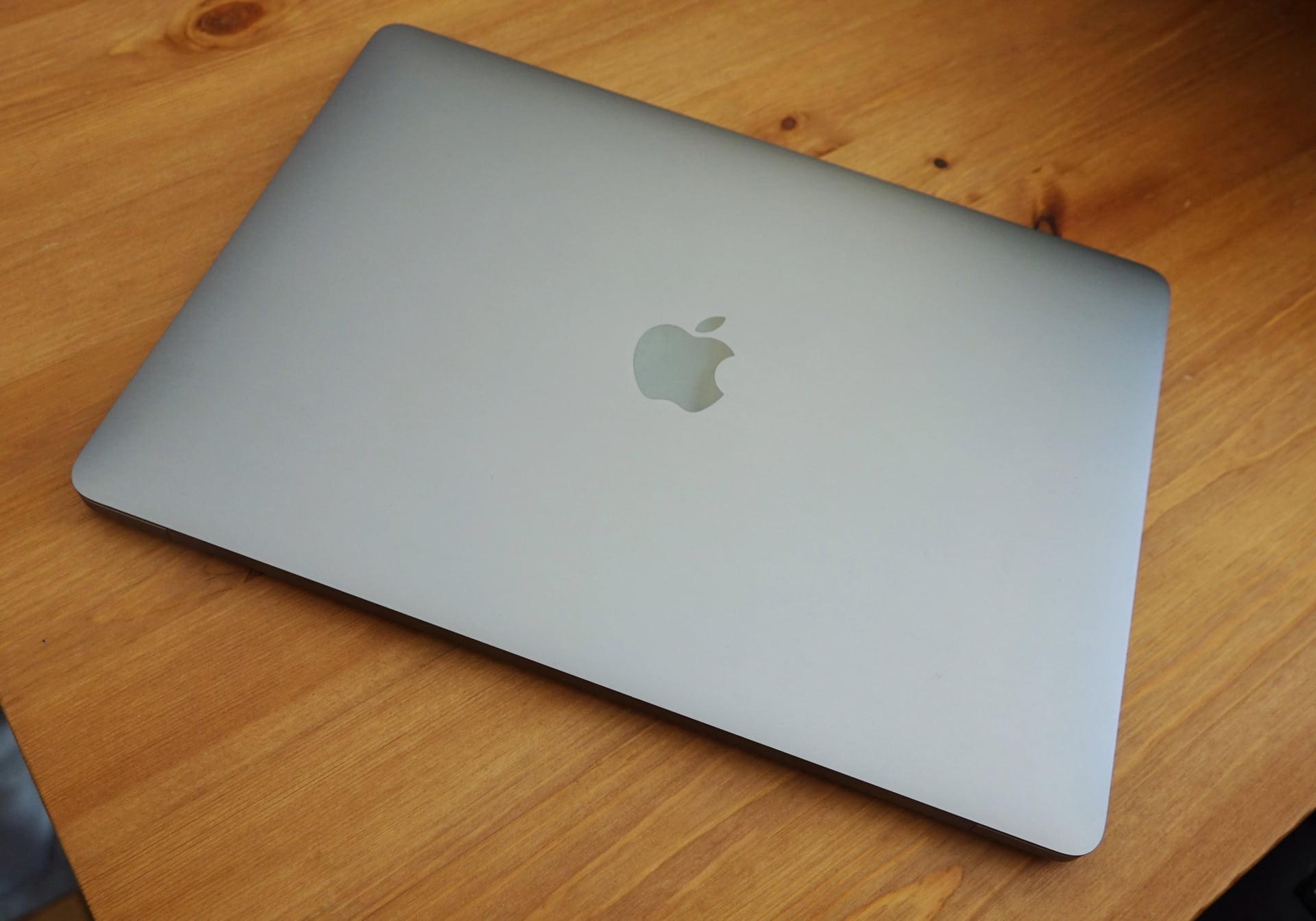The week that was covering Apple’s MacBook changes, Nintendo’s Switch-eroo, the world beyond 8K, Sony’s latest earphones, and the return of BlackBerry. All in the space of five minutes. It’s The Wrap.
Transcript
It’s the middle of July, and you’re tuned into The Wrap, Australia’s fastest technology roundup, and if you’re in the market for a new laptop, things might be a little easier this week.
If you’ve been considering an Apple, the MacBook range has changed slightly. In fact, if you were considering getting one of the super slim ultra-light MacBooks last week, this week your mind might change. That model is no longer part of the range, as Apple has been doing some updates.
There’s also no entry level MacBook Pro without the Touch Bar. That one’s gone too.
Rather, Apple’s new line-up has shifted to be a little more affordable, as the Macbook Air becomes a less expensive computer from $999 in America and $1699 in Australia. The Air is much like it was when it launched last year, complete with the new Thunderbolt 3 power connector and high-res screen, but it also gets a True Tone screen, making it adapt to the light of your room.
If you want something with a little more power, Apple’s MacBook Pro 13 arrives in a slightly lower performing model, clocking in at 1.4GHz with a price of $1399 in America and $1999 in Australia.
If all of these seems like a bunch of numbers and jargon, the easiest way to make sense of Apple’s latest lineup is that it’s a little more price friendly. That doesn’t mean there’s a “cheap” MacBook, so to speak, but it does mean the pricing makes more sense.
We were beginning to wonder when it was all going to make sense. That superslim Macbook was priced just like an Air, and was just confusing.
Now that it’s gone and Apple has adjusted its pricing, it makes a lot more sense.
Better pricing always does, mind you, and it’s always easier to get your head around. It doesn’t just happen in the laptop world, but other places as well.
The makers of Mario have announced a new take on the Nintendo Switch this week in the Nintendo Switch Lite, an appropriately named smaller and lighter take on its current console, though one more about portability. While the regular Switch could be plugged into a TV, this one can’t, but will play all the same games.
In Australia, it will cost $330 when it launches in September, making a little over a hundred less than the regular Switch, and potentially giving more gamers a taste of modern day Nintendo portability.
And there’s more happening in the world of tech than just Apple and Nintendo.
Recently we got a glimpse of what the world can expect in the coming years, with a move to beyond 8K.
Now you might look at those new 8K TVs and think “wow, they have a lot of pixels”, but there are a whole lot more pixels on the way. There’s already a plan to give computers the ability to connect to 10K and 16K monitors further down the track, meaning more pixels and better picture quality.
They won’t be cheap. Not at all, with 8K TVs fetching over five thousand dollars at the moment, giving you some idea of just how much 10K and 16K screens will be.
There are also happenings in sound, with Hisense unleashing a Dolby Atmos 3D soundbar for below a grand, a rarity in 3D sound, while Sony jas some new wireless noise cancelling earphones shortly. Sony’s new earphones are modelled on the excellent WH-1000XM3, a pair we’ve given a best of 2018 award to, and these are similar, but go in your ears instead of around them.
And there’s even news in the phone world, with two models this week, in case you thought you weren’t spoiled for choice.
Oppo has launched a $500 take on its flagship Reno, changing the chip and screen, but keeping the 48 megapixel camera from the big phone. LG also has a 4G kinda-not-quite flagship in the $1200 G8S out shortly, with hands-free control. You wave your hand over the selfie camera and can control the phone. Crazy.
Still not as crazy as a phone we reviewed this week, the BlackBerry Key2.
Yes, BlackBerry is back, and it’s back with a keyboard. There’s a comfortable fake leather grip, a rough two days of battery life, and a couple of cameras on the back, so it comes across as a flagship phone.
But the keyboard is the part that really needs work. It’s just not comfortable to use, and if you’ve come from a BlackBerry, this isn’t a Pearl or a Curve or a Bold. It looks like a BlackBerry, but doesn’t really nail it, feeling like it was made for fans.
Here’s the thing though: we don’t know how many there are. Most BlackBerry users would have moved on to an iPhone or an Android, and we wouldn’t blame them. The Key2 is an Android BlackBerry, but for $1200, there are better phones out there.
That makes the BlackBerry Key2 hard to recommend to all but the most ardent of BlackBerry fans, whoever they are.
On that note, you’ve reached the end of The Wrap, Australia’s fastest technology roundup. The Wrap will return next week, like it does every Friday at Podcast One and Apple Podcasts. Until then, have a great week. We’ll see you next time on The Wrap. Take care.





